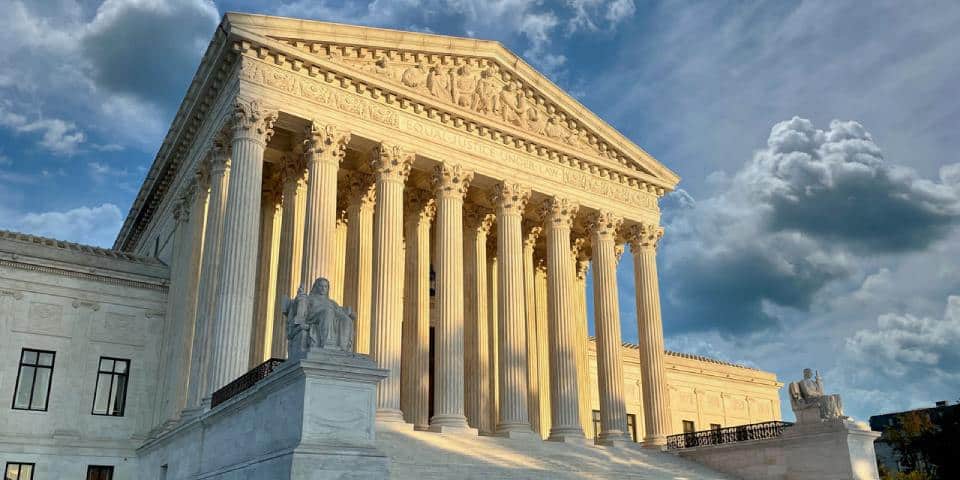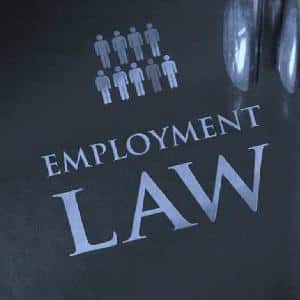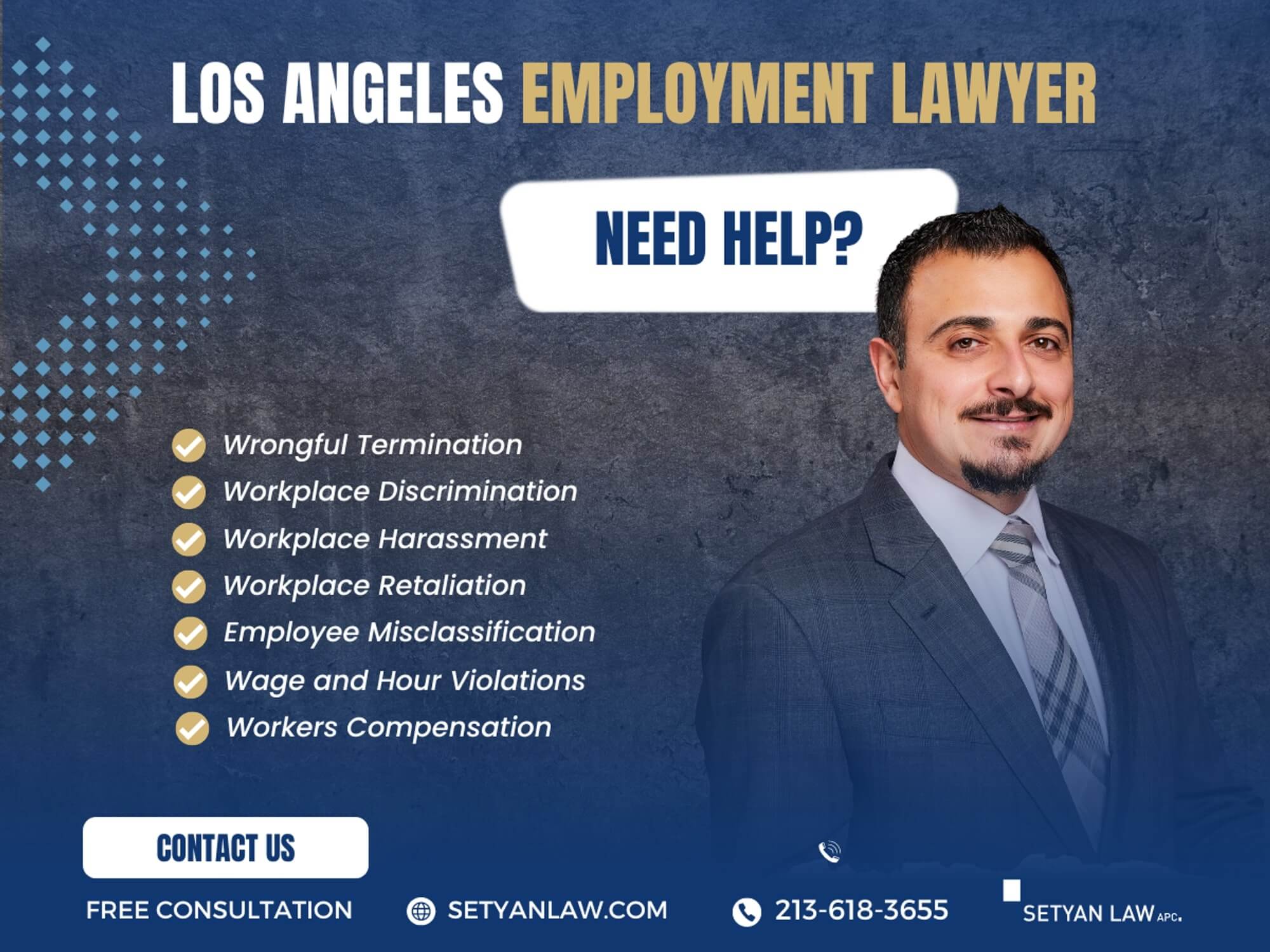Updated April 18, 2025
Introduction to California Workplace Law
California is renowned for its robust employee protections, but many people struggle to understand the distinction between employment law and labor law. While both deal with workplace rights and responsibilities, they serve different purposes and are governed by distinct legal frameworks.
- Employment law centers on the individual relationship between an employer and an employee, covering issues like discrimination, wrongful termination, and wage violations.
- Labor law, on the other hand, involves the rights of groups of workers—typically unions—and governs collective activities like organizing, bargaining, and strikes.
Understanding this difference is critical for both employees seeking justice and employers striving for compliance.
Defining Employment Law in California
California’s employment law system is one of the most comprehensive in the nation, providing a wide range of protections for individual employees.
Key Employee Rights
Employees in California are entitled to:
- Equal opportunity in hiring and promotions
- A workplace free of discrimination and harassment
- Fair compensation, including overtime and minimum wage
- Protection from retaliation after reporting illegal activities
Employer Responsibilities
Employers must:
- Follow wage and hour laws
- Prevent and address workplace harassment
- Provide reasonable accommodations for disabilities and religious practices
- Maintain detailed employment records
Common Statutes in Employment Law
Several major laws shape California employment law:
- California Fair Employment and Housing Act (FEHA): Prohibits discrimination based on race, gender, religion, sexual orientation, and more.
- California Labor Code: Governs wages, hours, working conditions, and leave rights.
- Whistleblower Protection Act: Shields employees who report violations from retaliation.
Understanding Labor Law in California
Labor law, by contrast, focuses on the collective rights of employees—especially union members.
Role of Unions and Collective Bargaining
Labor law protects the rights of workers to:
- Form or join labor unions
- Engage in collective bargaining with their employer
- Strike or picket under protected conditions
Public vs. Private Sector Differences
Public employees (like teachers or city workers) are often governed by the California Public Employment Relations Board (PERB), while private-sector workers fall under the National Labor Relations Act (NLRA) and are regulated by the National Labor Relations Board (NLRB).
Key Labor Law Agencies and Unions
- NLRB: Handles union elections, unfair labor practice charges, and bargaining disputes for private-sector workers.
- PERB: Oversees similar functions for public-sector workers in California.
- Unions: Act as intermediaries for collective negotiations, contract enforcement, and grievance procedures.
Major Differences Between Employment and Labor Law
| Aspect | Employment Law | Labor Law |
|---|---|---|
| Focus | Individual employee rights | Group rights (union activities) |
| Governed By | State and federal laws | Mainly federal law (NLRA), state law for public sector |
| Common Issues | Discrimination, harassment, wrongful termination | Union organizing, collective bargaining, strikes |
| Enforcement | Civil litigation or government complaints | NLRB/PERB administrative procedures |
| Typical Claimants | Individual employees | Union members or unions themselves |
Real-Life Examples: Employment Law vs. Labor Law
Employment Law Case:
Maria files a lawsuit against her employer for sexual harassment and wrongful termination. She sues under FEHA and the California Labor Code.
Labor Law Case:
A union representing delivery drivers accuses the employer of refusing to bargain in good faith. The union files a complaint with the NLRB.
Which Law Applies? Decoding Overlaps and Confusions
Sometimes, issues involve both types of law. For instance:
- An employee who is fired for trying to organize a union might have protections under both employment law (retaliation) and labor law (interference with organizing).
- Wage violations can be a breach of the individual’s rights (employment law), but also subject to union contract enforcement (labor law).
Enforcement & Legal Procedures in Each Field
- Employment Law: Employees may file complaints with the Department of Fair Employment and Housing (DFEH), DLSE, or pursue private civil lawsuits, often involving jury trials.
- Labor Law: Most complaints go through the NLRB or PERB via administrative hearings and remedies.
Key Agencies You Should Know
| Agency | Purpose |
|---|---|
| DFEH (now CRD) | Handles discrimination and harassment complaints |
| DLSE (Labor Commissioner) | Investigates wage and hour violations |
| NLRB | Oversees private-sector union rights |
| PERB | Handles public-sector collective bargaining issues |
Employee Rights: What You Need to Know
- Employment Law Rights:
- Paid sick leave
- Timely wage payments
- Freedom from harassment and discrimination
- Labor Law Rights:
- Right to unionize
- Right to collective action (strikes, petitions)
- Protection from retaliation for union activities
Employer Obligations in California
Employers must ensure:
- Equal opportunity employment practices
- Accurate recordkeeping and wage payments
- Compliance with union contracts and good faith bargaining
- Non-interference with union organizing efforts
Recent Developments in California Labor & Employment Law
In 2024, California passed several amendments to strengthen worker protections, including:
- Expanded retaliation protections
- New rules on non-compete agreements
- Clarifications around remote work and wage standards
Unions have also seen increased support, with successful organizing efforts in tech and service sectors.
Expert Tips for Employers Navigating Both Laws
- Train HR staff on both individual and collective rights
- Regularly update employee handbooks
- Respond promptly to complaints and grievances
- Consult employment counsel when union activity begins
Frequently Asked Questions (FAQs)
- Can an employee sue under both labor and employment law?
- What’s the main agency for employment discrimination in California?
- Do non-union workers have labor law rights?
- What is the NLRA?
- Can employers prohibit union activity during work hours?
- How long do I have to file an employment claim in California?
Yes, in some cases, such as retaliation for union activity, an employee may have claims under both systems.
The Civil Rights Department (formerly DFEH) is responsible for enforcing anti-discrimination laws.
Yes, even non-union employees have the right to engage in “concerted activity” for mutual aid or protection.
The National Labor Relations Act governs private-sector union rights, including organizing and bargaining.
Only in certain circumstances; employers must tread carefully to avoid violating labor laws.
Timelines vary—generally 1 year for discrimination claims, and 3 years for wage claims.
Conclusion: Navigating California’s Dual Legal Tracks
Understanding the difference between employment law and labor law in California is essential for protecting rights and ensuring compliance. While one focuses on the individual and the other on the collective, both are cornerstones of the state’s legal landscape.
Whether you’re an employer striving to do the right thing or an employee seeking justice, recognizing the nuances of each area can help you navigate the complex world of workplace law with confidence.
Conclusion
Understanding California’s labor laws is crucial for both employees and employers. These laws are designed to protect workers’ rights, ensure fair treatment, and promote a safe and healthy work environment. If you believe your rights are being violated, it is essential to seek legal advice to understand your options and ensure compliance with the law.
Call Setyan Law at (213)-618-3655 to schedule a free consultation.







